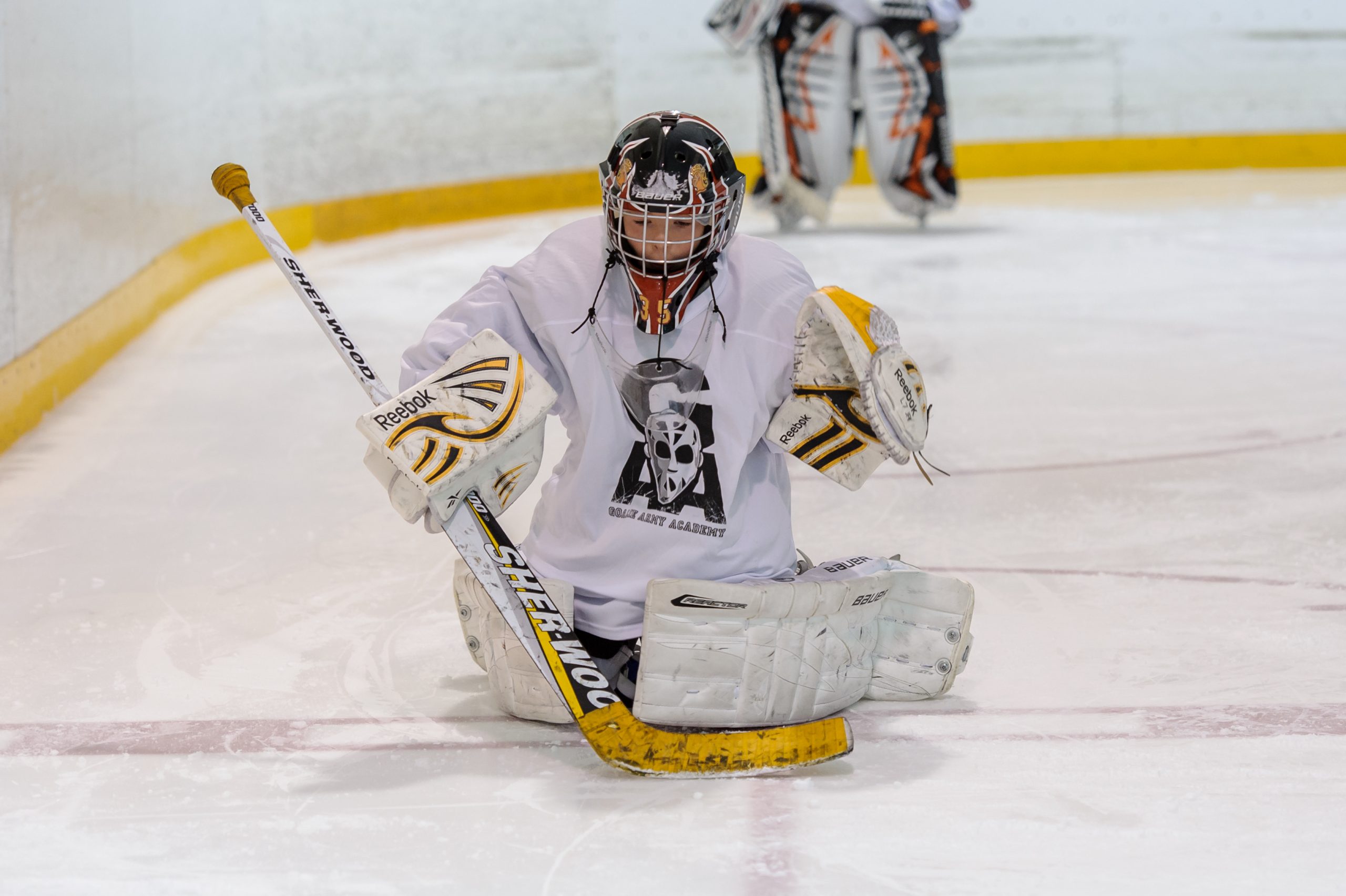
So, Your Kid Wants To Be A Goalie
Although you’ve prayed, pleaded, and begged, your kid wants to be a goalie. Your wallet won’t like it, and chances are that your anxiety levels may go through the roof when watching him or her while you make saves for them from the seating area of the rink.
The life of a goalie parent is not an easy one. But before you panic about the cost associated with goalie equipment and the stress of the position (for both of you), Goalie Army Academy has a few tips for new goalies and their parents as you embark on this journey together to inform and educate, lower your stress levels and save you money:
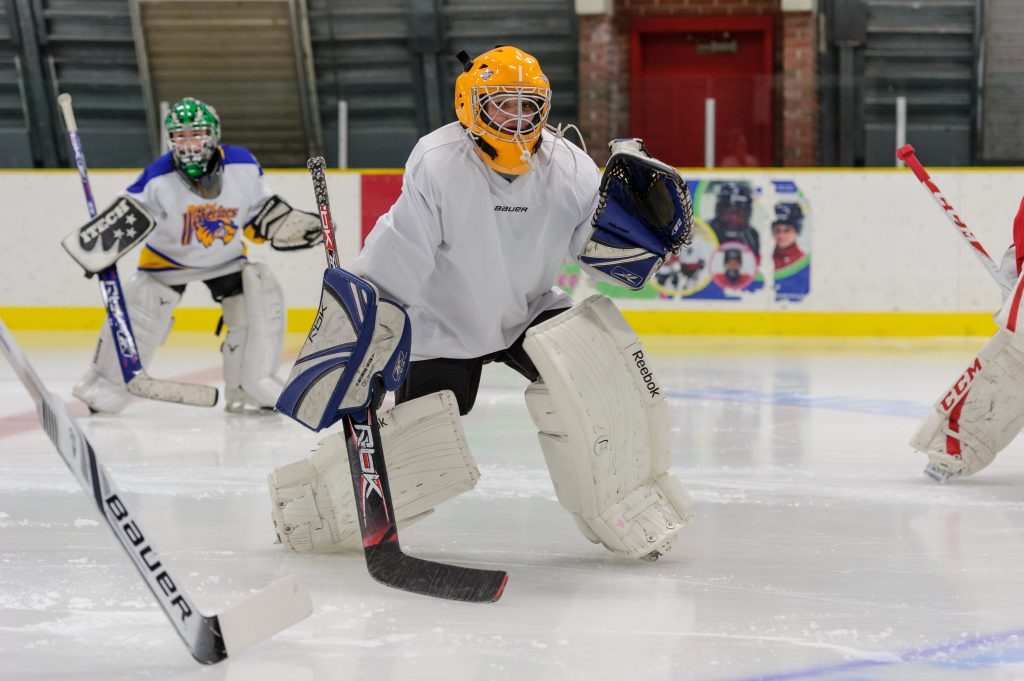 Good Goalies Are Good Skaters
Good Goalies Are Good Skaters
If your child has chosen to become a goaltender at the Novice level, it is extremely important that they have strong skating abilities before strapping on the pads. If your child has trouble skating, poor balance or stability issues without the pads, they’re going to have trouble getting up off of the ice after they go down. This may cause them to not enjoy themselves at all. Instead, stress the importance of improving their skating ability before giving in to their wish to play as a goaltender. Set some measurable goals and monitor their successes.
The equipment which a goaltender is required to wear is big, awkward, and bulky. If your child is having trouble moving as a skater, imagine them with about four times the equipment. As the most technical position on the ice, one of the most important aspects of a goaltender’s ability to become a better skater comes from balance and posture. Therefore, do not mistake the ability to go fast as a skater for being a good skater. Instead, look at your child’s posture, balance, and their ability to stop effectively.
The ability to stop effectively is directly linked to their balance and posture. If these are in place, then becoming a goaltender may be a great fit for your child as the position requires the above before any technical goaltender instruction may begin.
Equipment: Borrowing vs. Buying
Local associations are a great source for those trying the goaltender position for the first time. Borrowing equipment allows parents to test the waters and buy some time before having to fork out cash on expensive goalie equipment. Because many associations provide this option for free, everyone has the option to try the position. However, just because it’s a free option doesn’t necessarily mean that it’s the best option.
Just like hockey helmets, some goalie equipment has a shelf life due to it wearing down over the years. Therefore, just because there is no expiry date on a chest protector, does not mean that your child is protected as well as they could be. Like the plastics on a helmet, the plastics on any equipment do wear down and crack.
If you’re like my parents, you may be secretly hoping that the sting from frozen pucks and the bruises they may cause will chase your child from the goaltender’s crease and lead them to pursue becoming a skater again. If not, then ask the association representatives how long the equipment has been kicking around the stinky equipment locker. If the equipment is 7 years old or more, look into the option of purchasing used equipment from your local sports store. Many used sports equipment locations carry fairly recent stock at fair prices, and run regular sales and promotional offers. Keep in mind that goalie equipment takes up a lot of room on their shelves. Therefore, it’s usually priced to move.
Outfitting Your Child With Proper-Sized Equipment
Allowing your child to become a goaltender requires commitment from parents as well as the child. So ensure that the fit of the equipment is appropriate to the child’s current size.
Purchasing larger equipment with thoughts of your child being able to use the equipment for an extra year before they grow out of it may come with good intentions for your wallet. However, trying the position of a goaltender can be discouraging enough for many children. So don’t add more awkwardness and bulk to the already awkward and bulky.
Instead, let your child get a feel for the equipment. Then see if they progress. Check in with them regularly to ensure that they are still enjoying themselves or if they are becoming increasingly irritated with their lack of mobility or effectiveness on the ice.
Never compromise by allowing your child to use equipment which is too small. Whether they like the way it feels, or they like the colour scheme more than another piece of equipment is irrelevant. If your child has any gaps in their equipment due to improper sizing, a puck will find its way into that spot which may result in injury.
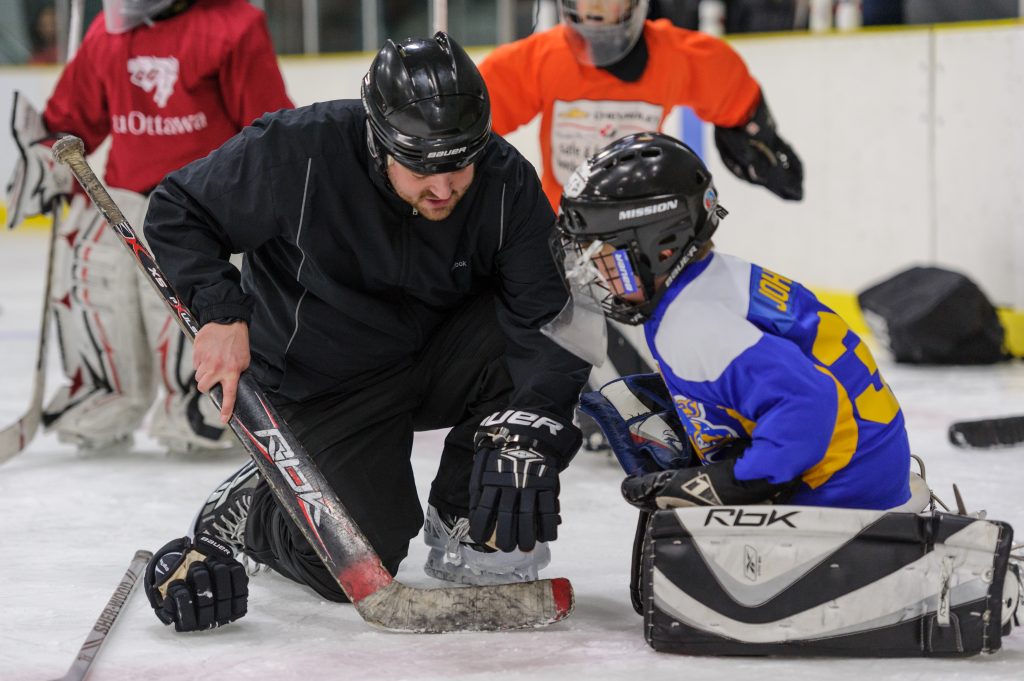 Selecting a Goalie Stick
Selecting a Goalie Stick
One of the most overlooked pieces to the puzzle is the size of the paddle of a goaltender’s hockey stick. Having worked with goalies of all ages and calibers, I’ve seen it all from paddles which were 8 inches too short for the goaltender’s size, to goaltenders who take the ice for the first time wearing street hockey goalie equipment and skates.
Just like a hockey player, the goaltender’s stick is essential to their movement and overall effectiveness on the ice. It determines their overall posture, and balance. With improper balance and posture, the goaltender may develop poor movement habits before they have a chance to build any good ones.
When choosing a goalie stick for the first time, do not place too much emphasis on the weight of the stick. Instead, concern yourself with the length of the paddle. Because the paddle determines the goaltender’s posture, you will want your child to be able to take their ready stance while enabling them to keep their back upright. This will enable them to build good habits with their balance and weight distribution. Once their back is upright, the whole bottom of the blade of their stick should be on the ice. Ensure that the stick’s blade is not held directly in front of their toes, but that the paddle is angled in front of them so that they won’t land on their stick once they drop to their knees to stop a low shot. After the extension of the stick, their blocker hand should be located close to their stick-side hip, and slightly extended in front of them.
Learning How to Put On Goalie Equipment
Safety should be a parent’s first concern for their child, so don’t leave learning how to put on your child’s goalie equipment properly to the last minute before hitting the ice. There are plenty of videos available on YouTube or via hockey equipment websites which give step by step instructions on how to put on a goaltender’s equipment properly.
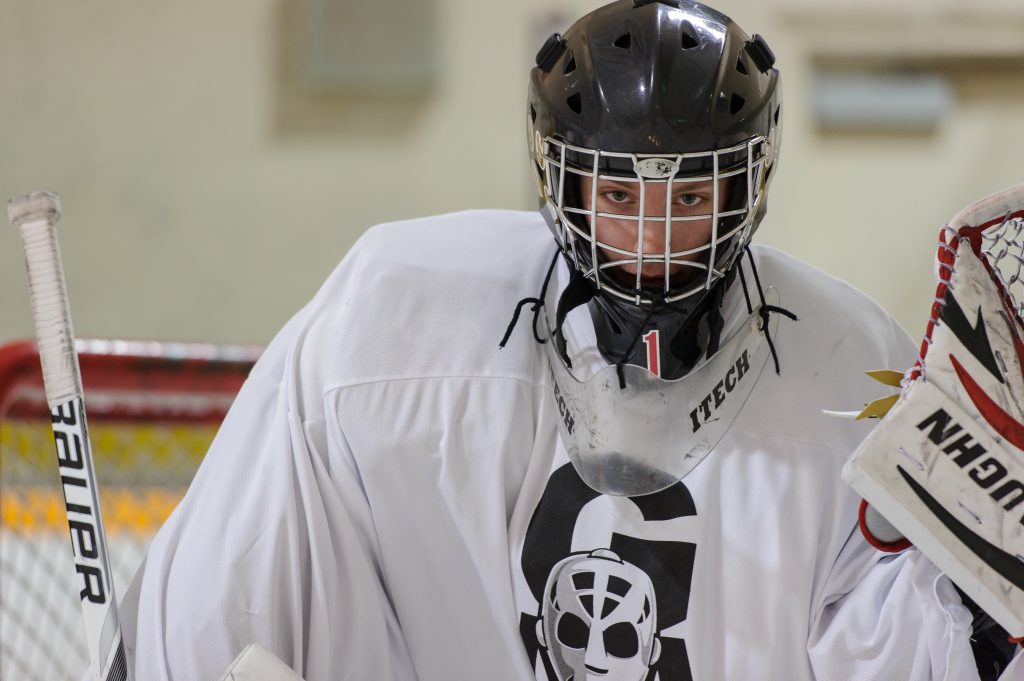 When Goalie Training Should Be Considered
When Goalie Training Should Be Considered
This may sound odd coming from a goalie training provider, but don’t pay for goalie training in your child’s first year of playing as a goaltender. Instead, let them get a feel for the equipment, and the game in their new position. Let them enjoy themselves without dreading practices. If there are free technical training options held by your child’s association, by all means have them attend. But save your money for next year’s equipment purchases.
Goaltenders which are new to the position must determine whether or not they like being a goaltender first before they jump into a technical training environment. Unfortunately, part of the overall process is receiving a lack of credit for wins, the blame for losses, and getting a feel for having a frozen rubber disc whacked at their head.
Keep in mind that at the earliest stages of any sport, the objectives are fun, exercise, participation, and the social benefits that come from playing on a team. If at the end of their first year they want to do it all over again next fall, you’ve got yourself a goalie & it’s time for them to start learning the technical basics. This will help them to become more effective in their role on their team while maintaining a love and passion for our great sport.
That’s when you’ll want to contact Goalie Army Academy to help.

Leave a Reply